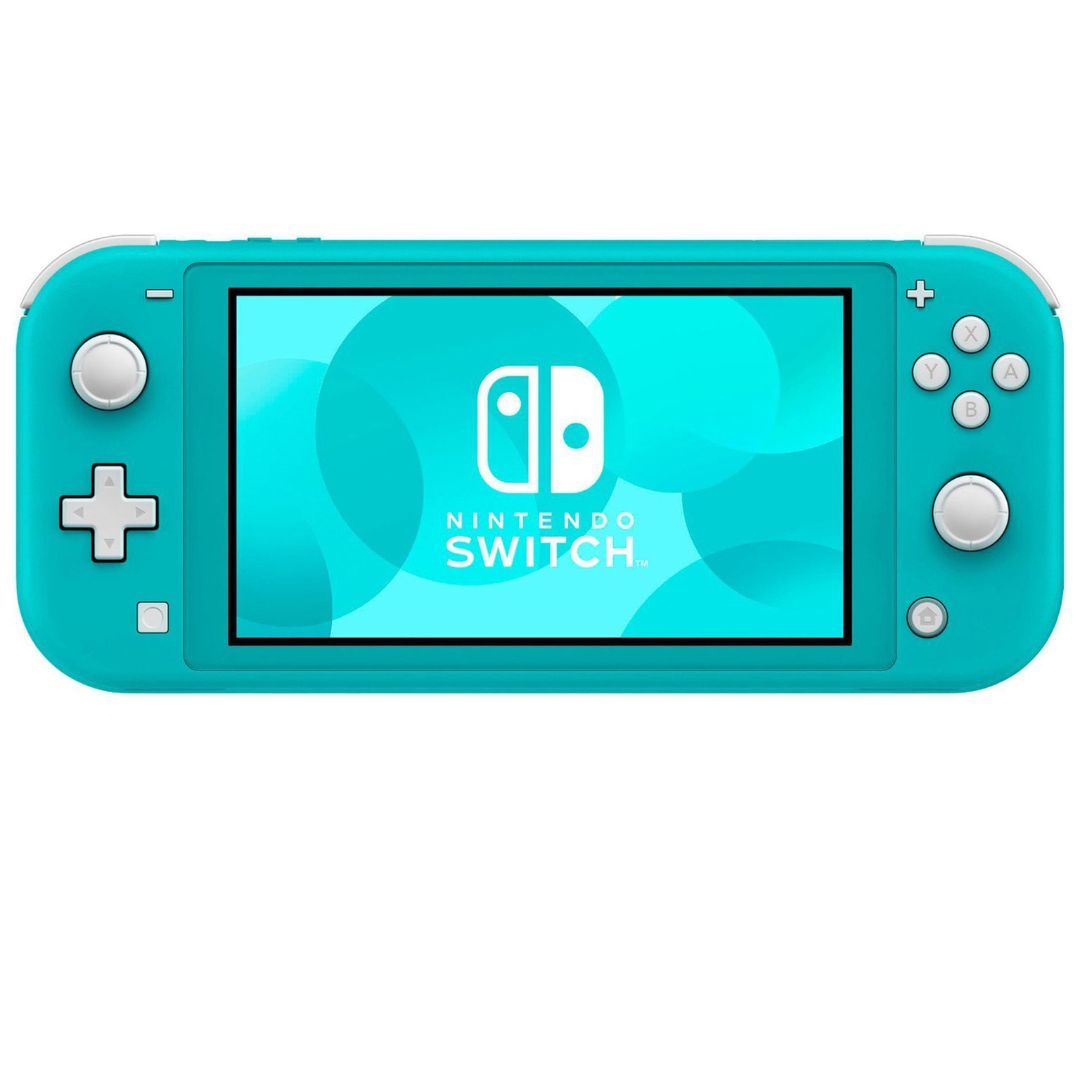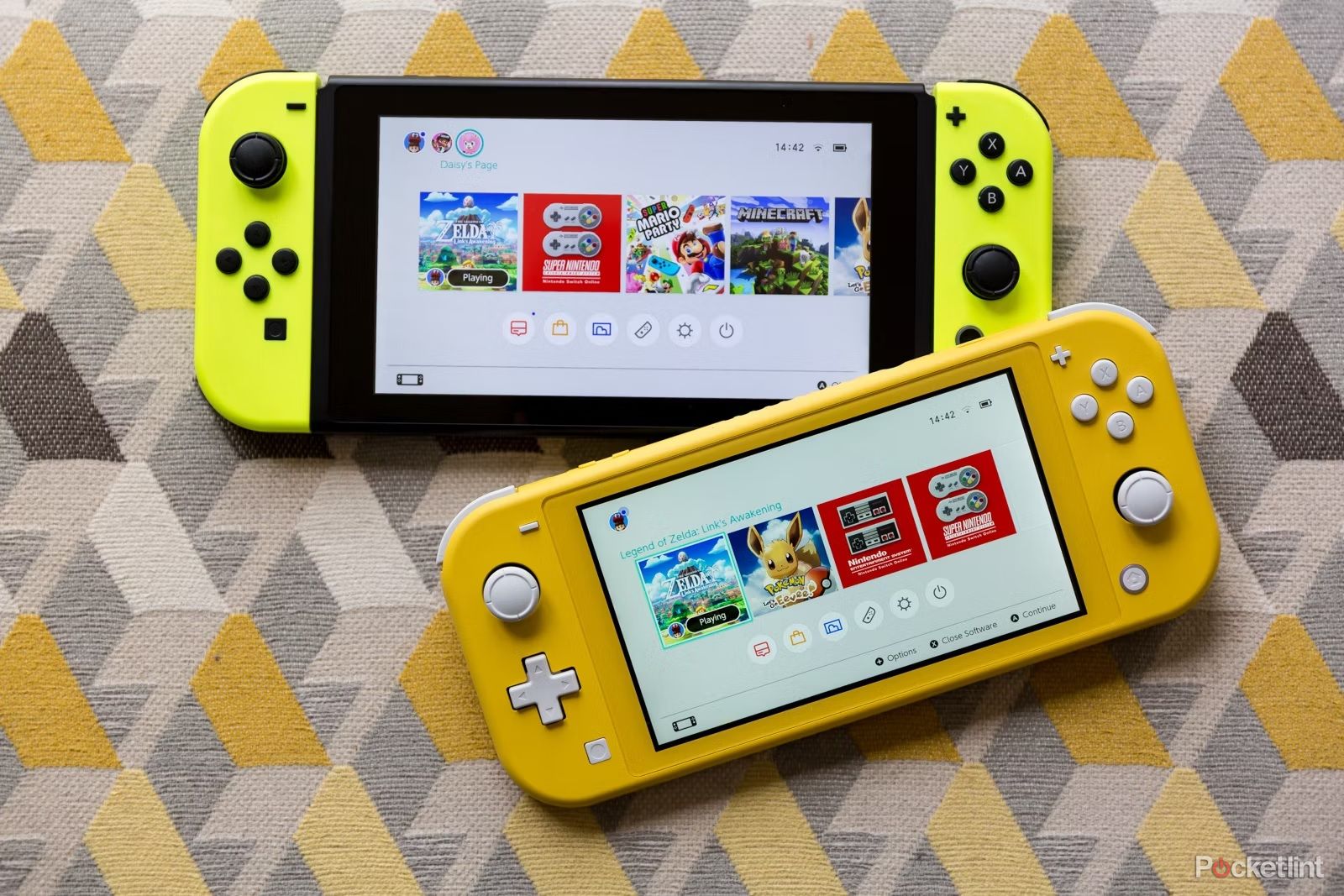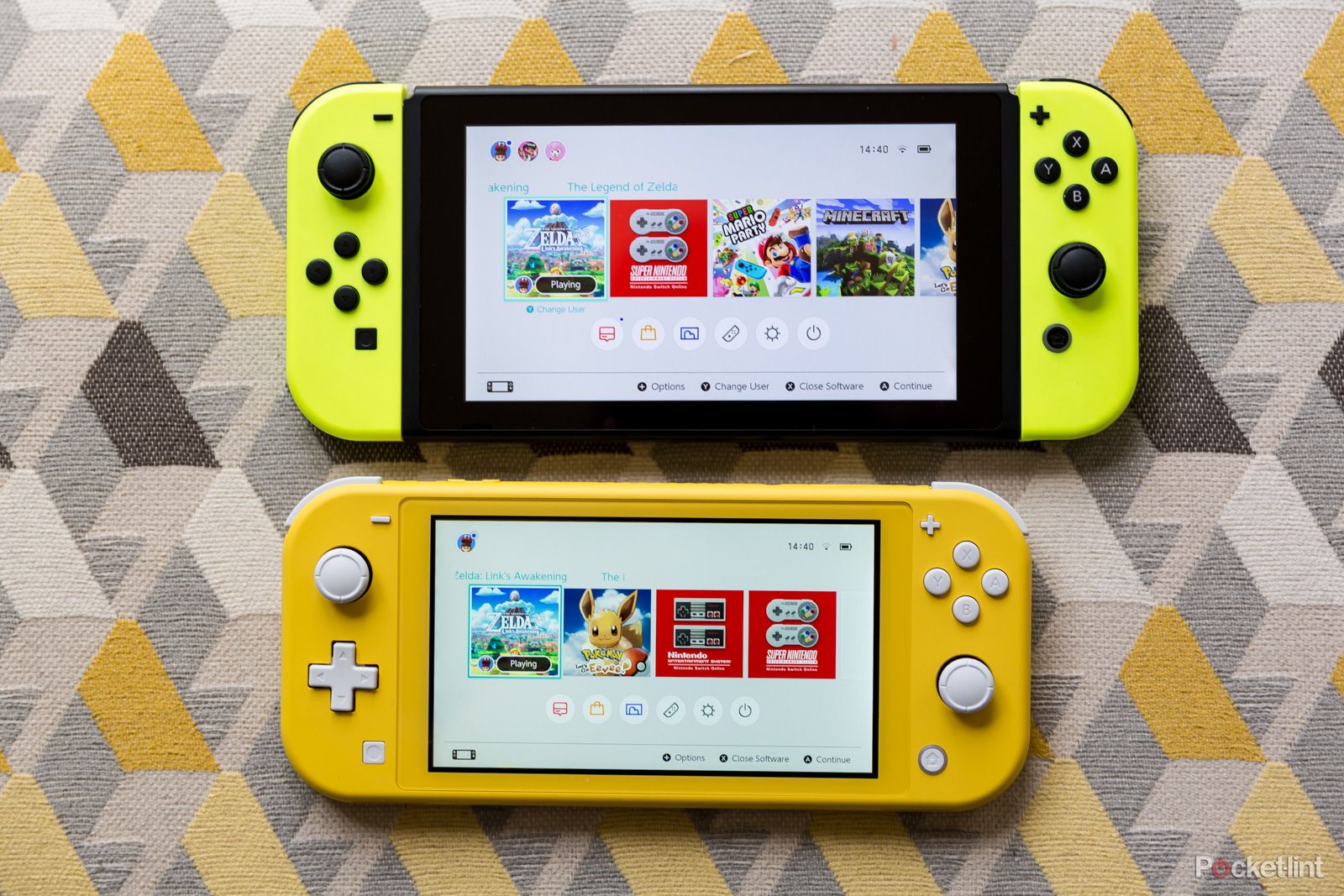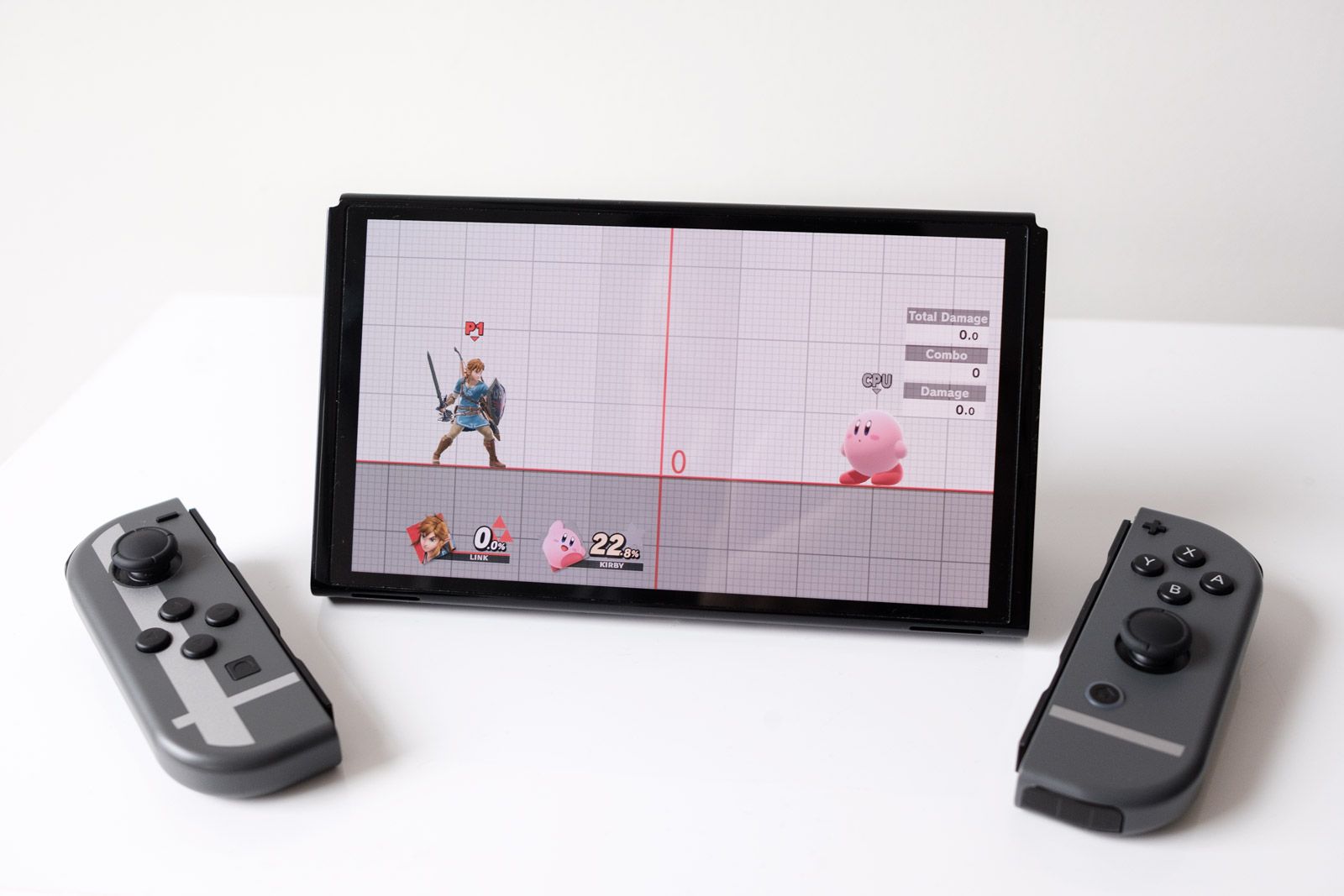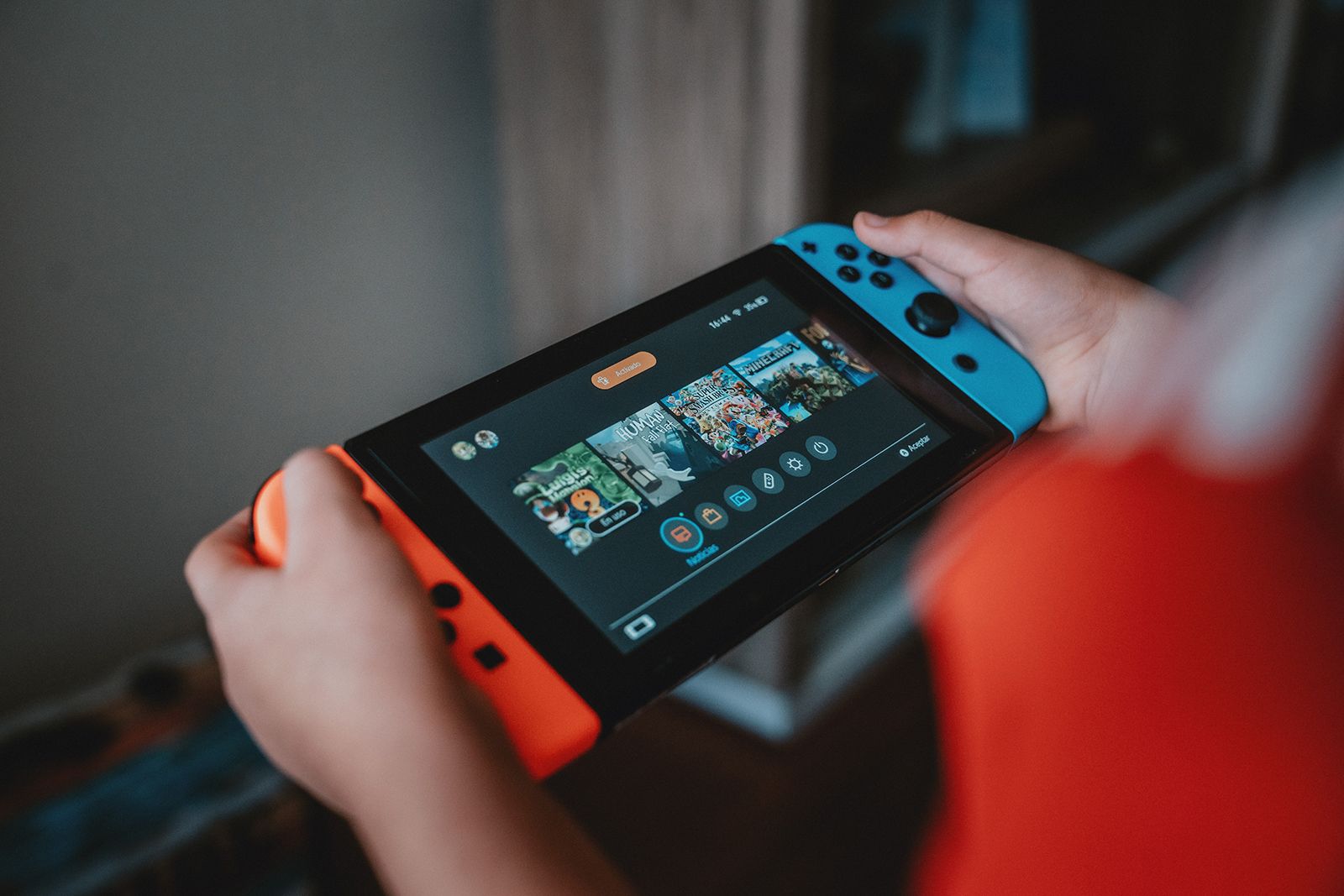-
Versatility pick
Nintendo Switch
The standard Nintendo Switch comes in two variants, connects to a dock, and has removable controllers, giving it the ultimate mix of home and handheld console experiences.
Pros- Amazing library
- Total flexibility
- Still excellent portability
Cons- More expensive
- More movable parts means more points of failure
-
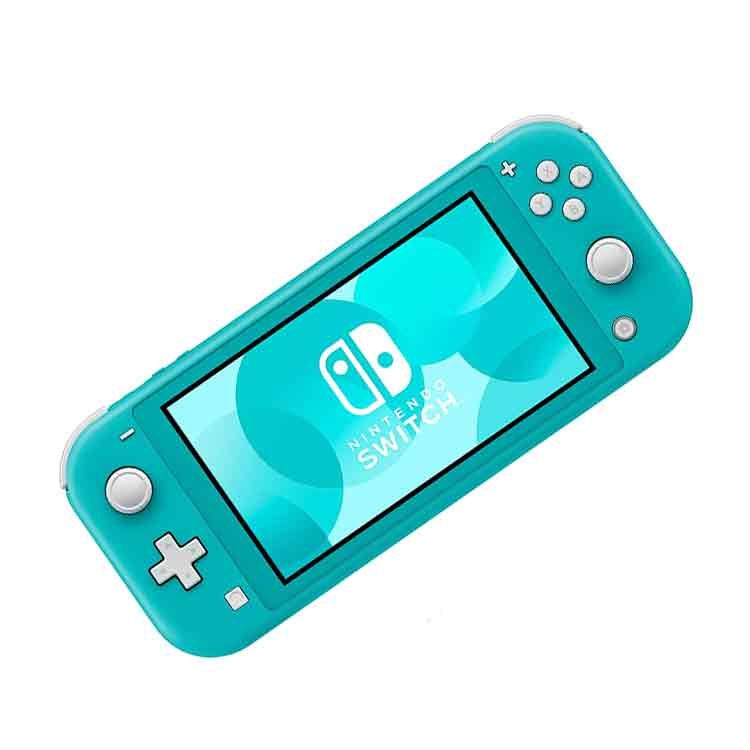
Budget-friendly
Nintendo Switch Lite
The Nintendo Switch Lite is made as a handheld-only version of the Nintendo Switch. While it lacks the versatility of the regular Switch, it makes up for it by being lighter, easier to carry, and has fewer moving parts.
Pros- Smaller and more comfortable to hold in your hands
- Same incredible games
- More budget-friendly
Cons- Smaller display
- Loses the versatility of the regular Switch
Key Takeaways
- Nintendo Switch Lite is cheaper, lighter, and handheld-only; regular Switch offers versatility.
- Both consoles have same performance, game compatibility, and features.
- Regular Switch has better battery life; choice depends on preference for portability or versatility.
The Nintendo Switch is one of the most popular consoles of all time. The hybrid console charmed many with its dual functionality as a handheld and home console. The Joy-Cons are neat—even if they can experience drift on occasion—and the game library is wonderful. Nintendo even released an OLED variant with a higher-quality screen to show games off in the best possible light.
Another variant is the Nintendo Switch Lite. This console omits the home console experience entirely in favor of being totally handheld. It differs from the base Nintendo Switch in several key areas but ultimately delivers the same overall experience. So, which one is better? We’ll look over the key differences and find out together.
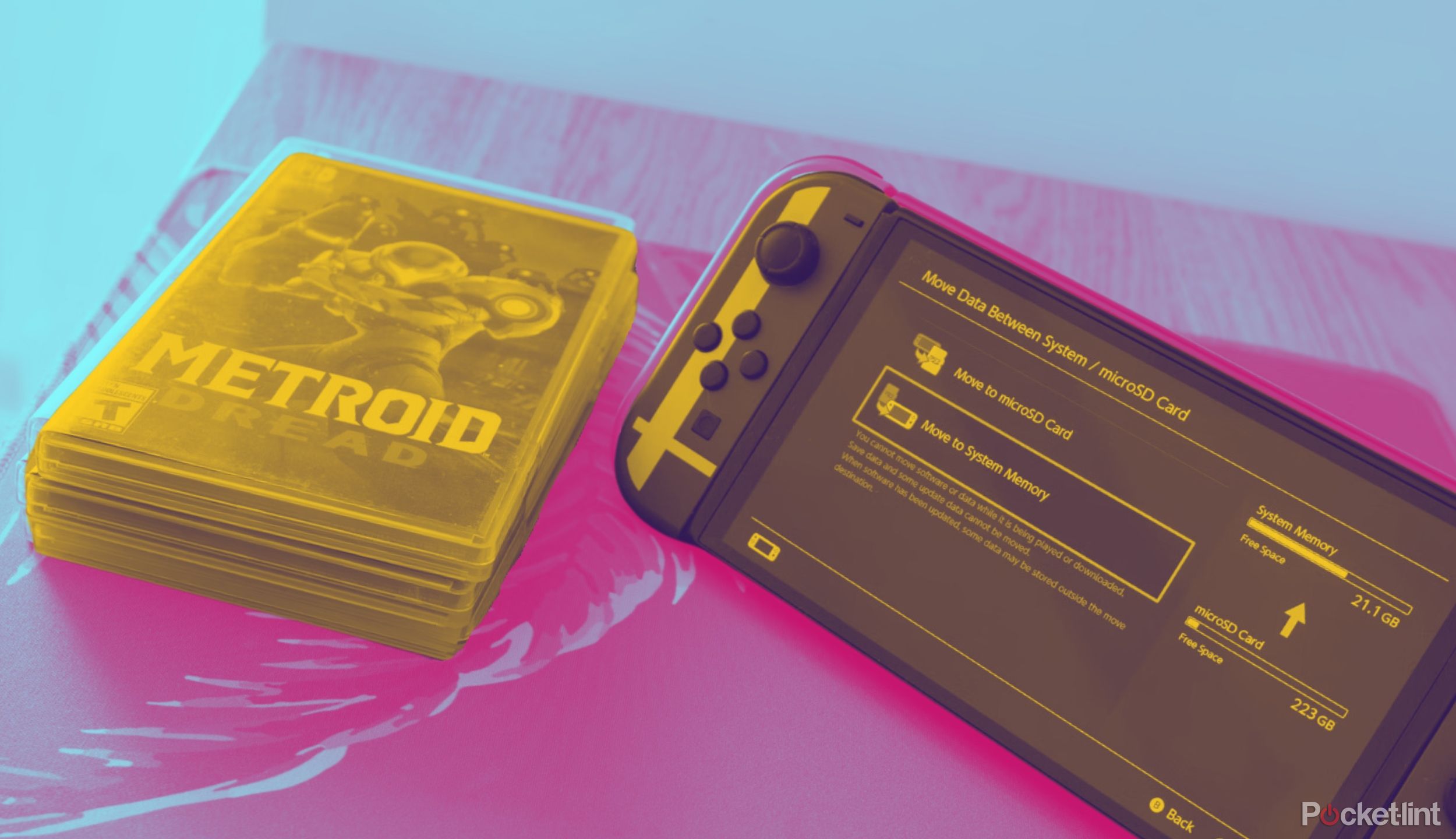
Related
My dream Nintendo Switch 2 launch lineup would be game over for the competition
The Switch 2 needs a strong set of launch titles to get people to buy it over any other handheld. These would be a dream come true for me.
Price
The best bang for your buck
In terms of price, it’s pretty simple. The Nintendo Switch Lite is the cheaper option at a $200 MSRP. Meanwhile, the regular Nintendo Switch starts at $300 for the base version and the OLED version costs $350, making the Switch OLED the most expensive non-special edition version.
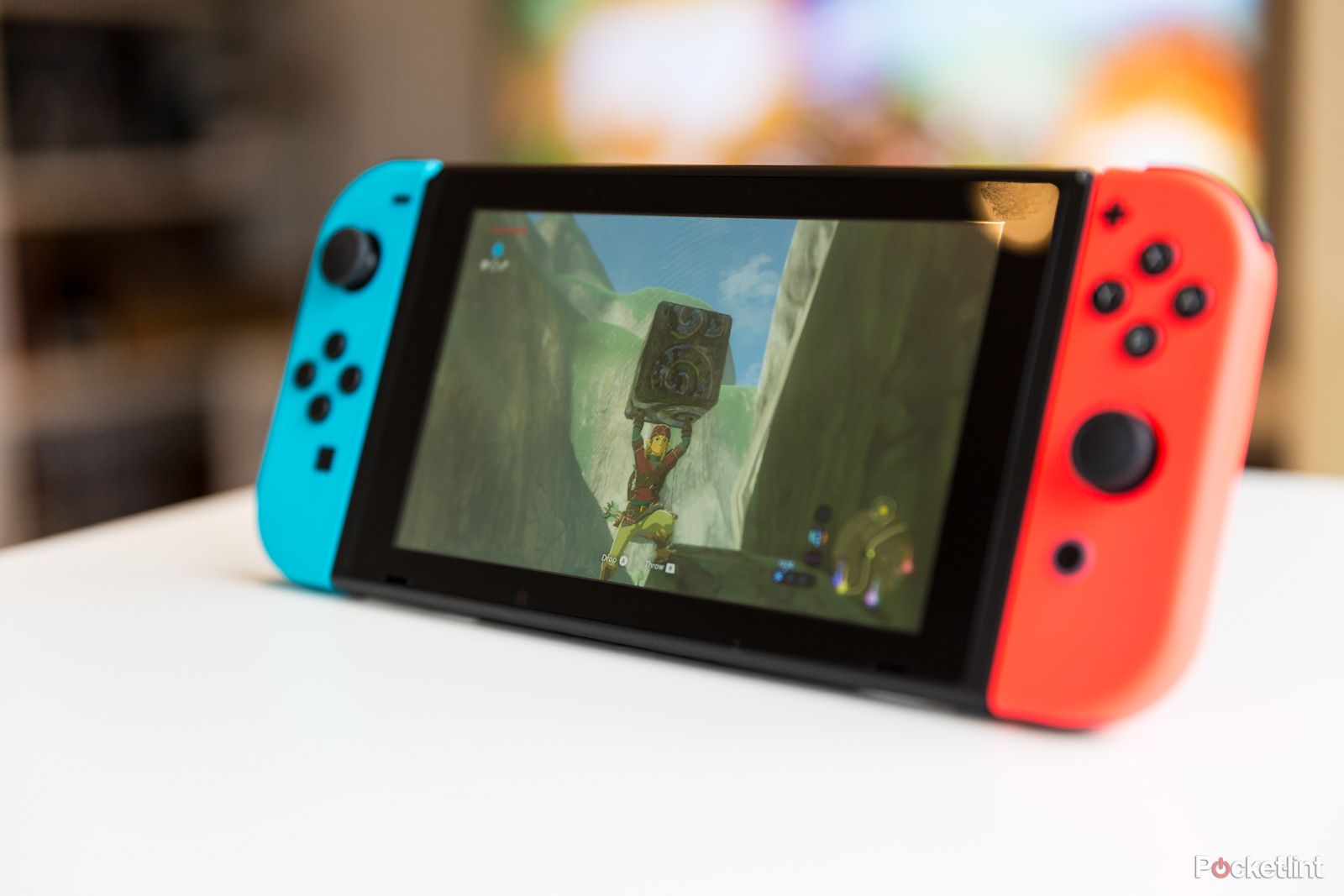
Related
How to tell if you’re buying the new Nintendo Switch or the old one
Nintendo released a new Switch model in 2019 but you can still buy the original too. Here is how to tell the difference between them.
Design and usability
The best look and feel
While both versions of the switch have the same general layout, they look and feel very different from each other. The regular Nintendo Switch, and Switch OLED, are both larger and heavier than the Switch Lite. You can tell just by looking at the picture above how the dimensions vary for the sake of extra portability with the Switch Lite. Perhaps the most noticeable difference, though, is the 121-gram weight difference, which makes the Switch Lite noticeably lighter.
Each brand-new Nintendo Switch console comes with two Joy-Con controllers that attach to the body of the console along with a dock to park the console when it’s charging or connected to the TV. It’s a neat little package that works wonderfully together. However, it does make the Switch feel bulky and heavy on occasion, especially during longer gaming sessions.
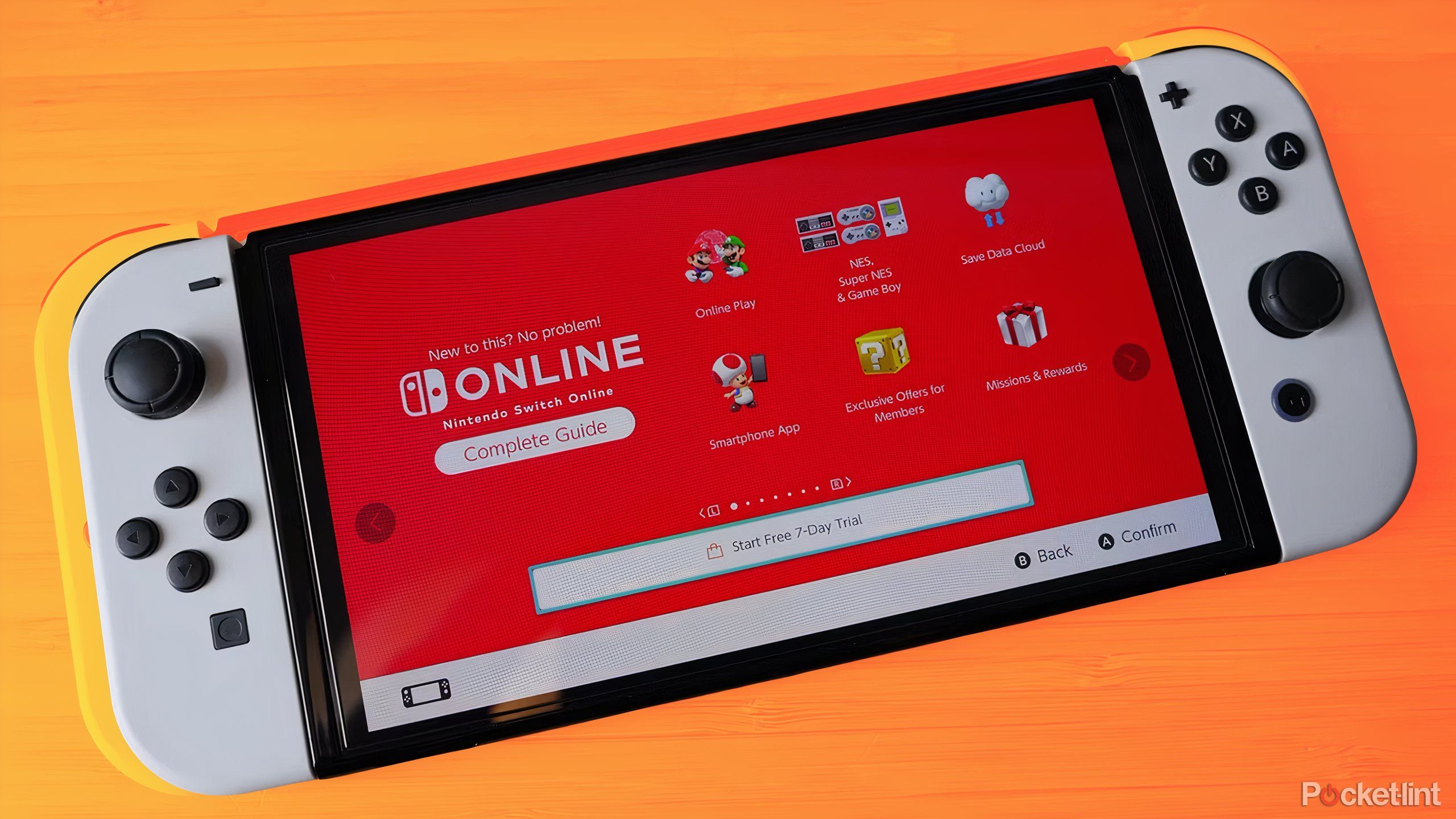
Related
How much does a Nintendo Switch Online membership cost?
You can’t play online without Nintendo Switch Online – but the subscription gives you loads more benefits. Here’s what you get for the price.
Nintendo fixed that last problem with the Nintendo Switch Lite. It’s smaller and lighter, which makes it feel much better when playing handheld. That makes it both easier to hold for longer gaming sessions and easier to transport when traveling. It’s a smart design choice considering that you can’t dock a Switch Lite to a TV like you can with the regular Switch.
Overall, we think the design of the regular Nintendo Switch is the best of both worlds. You get something you can take on the go or connect to a TV if you want. Its versatility is part of how it’s sold so many consoles. However, for kids or for people who just want the handheld aspect of it, the Switch Lite is tailor-made for that type of experience. Nintendo hit the nail on the head with both designs.
Performance and display
How the games look and feel
Both the Switch and Switch Lite come with an Nvidia Tegra X1 processor. That means they have the same performance and same game compatibility. That makes the consoles equally capable of playing Switch games like Tears of the Kingdom or Super Mario Wonder. Nintendo changed things for the Switch Lite, but the company did a great job of making it equal to its larger sibling when it comes to gaming performance.
The screen of each console displays some visible differences. The regular Switch sports a 6.2-inch 720p display, while the Switch Lite gets a 5.5-inch 720p display. Technically speaking, the Switch Lite has the sharper display as it has the same number of pixels across a tinier display.
In day-to-day use, you likely won’t see too much of a difference between the Switch and Switch Lite. In fact, we’d argue that you’d see a bigger difference between the Switch OLED and either of the other two Switches. However, the fact is that the smaller screen on the Switch Lite is part of why it’s easier to hold. Plus, you have to factor in the TV display that the regular Switch and Switch OLED can connect to.
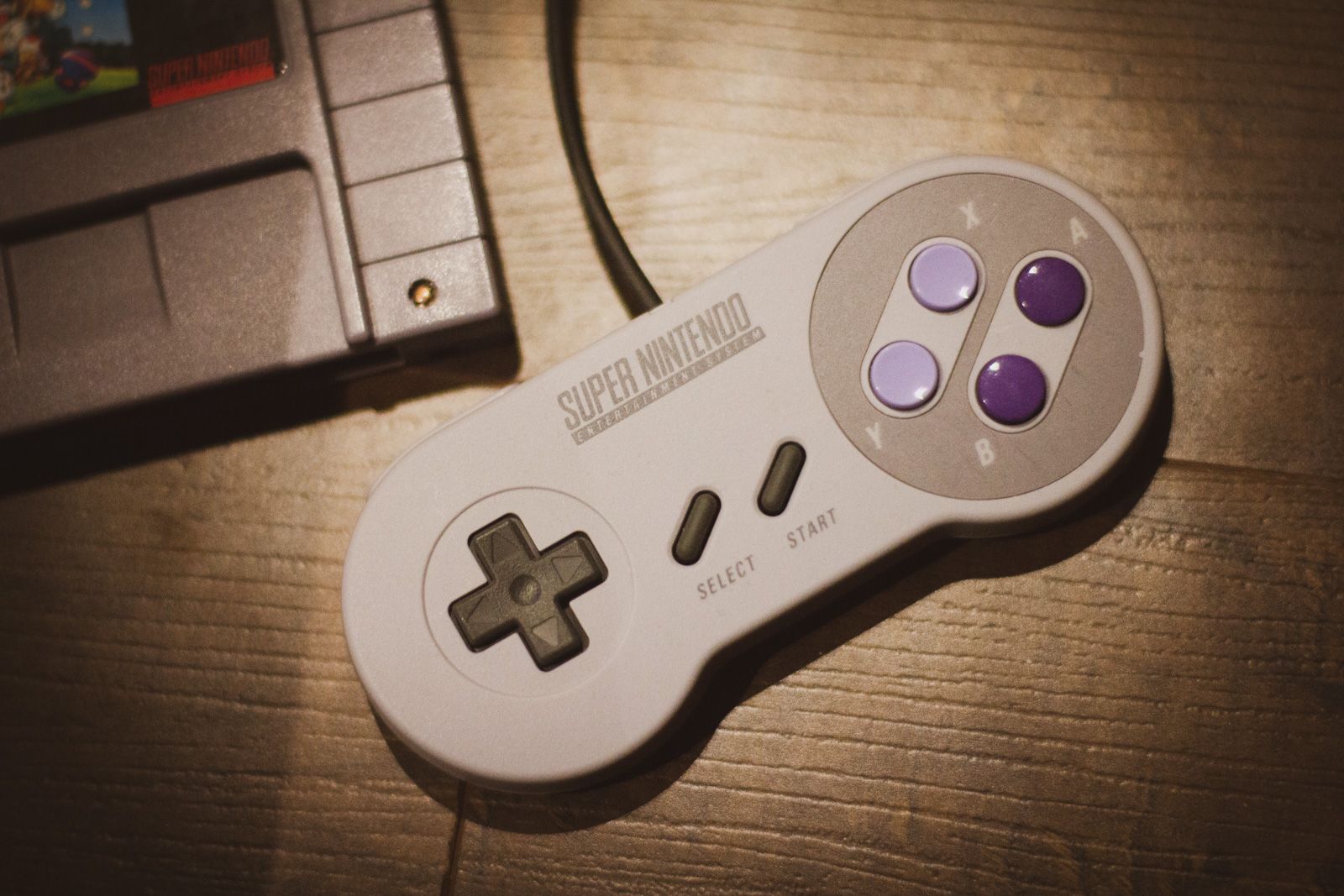
Related
Every Nintendo console from 1980 to now: A complete history
Despite what you might think, the NES wasn’t Nintendo’s first games machine and there’s a lot more to the company’s history than many remember.
Battery life
Gaming on the go
Despite having the same specs, the regular Nintendo Switch gets slightly better battery life. According to Nintendo, the regular Switch and Switch OLED are rated for between 4.5 and 9 hours of use, while the Switch Lite is rated for 3 to 7 hours of use. This is due to the Switch Lite having a physically smaller battery of about 740 mAh, which contributes to both its lighter weight and worse battery life.
The battery life is largely determined by what you’re doing on the Switch. Obviously, playing games and watching videos are the two most intensive things the Switch can do and all versions of the console will trend toward the lower range of its battery usage if you do those things. Messing around on the menu and playing lighter games will sip less battery. Sleep mode helps extend the battery for longer.
This one is cut and dry. The regular Switch variants have better battery life than the Switch Lite. Fortunately, all versions of the console have a USB-C port, which should be compatible with all modern smartphone chargers, even the iPhone 15. So, whether you’re at home or in the car, a charger should be nearby.
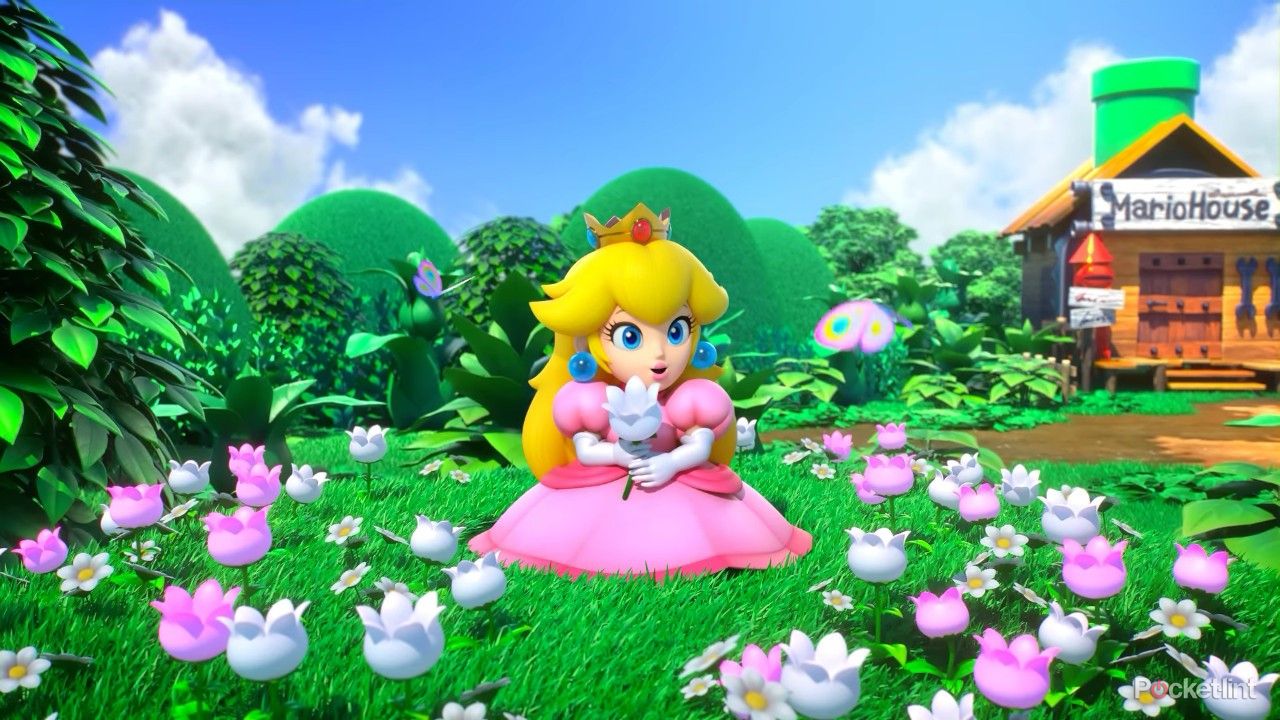
Related
Nintendo says ‘No thanks!’ to AI
Nintendo has gone on record saying it will not be using AI tools during any part of its game development process.
Switch vs Switch Lite: Which is the best?
Which one you should buy
So, let’s get to the brass tacks. Which Nintendo Switch is the best for you? It’s a difficult choice, but we think the regular Nintendo Switch is the best all-around option. It’s right in the middle in terms of price while still having the versatility that the Switch is known for. The Switch OLED is right behind it with the bigger screen, which is actually better for handheld gaming, provided that you don’t mind the extra weight.
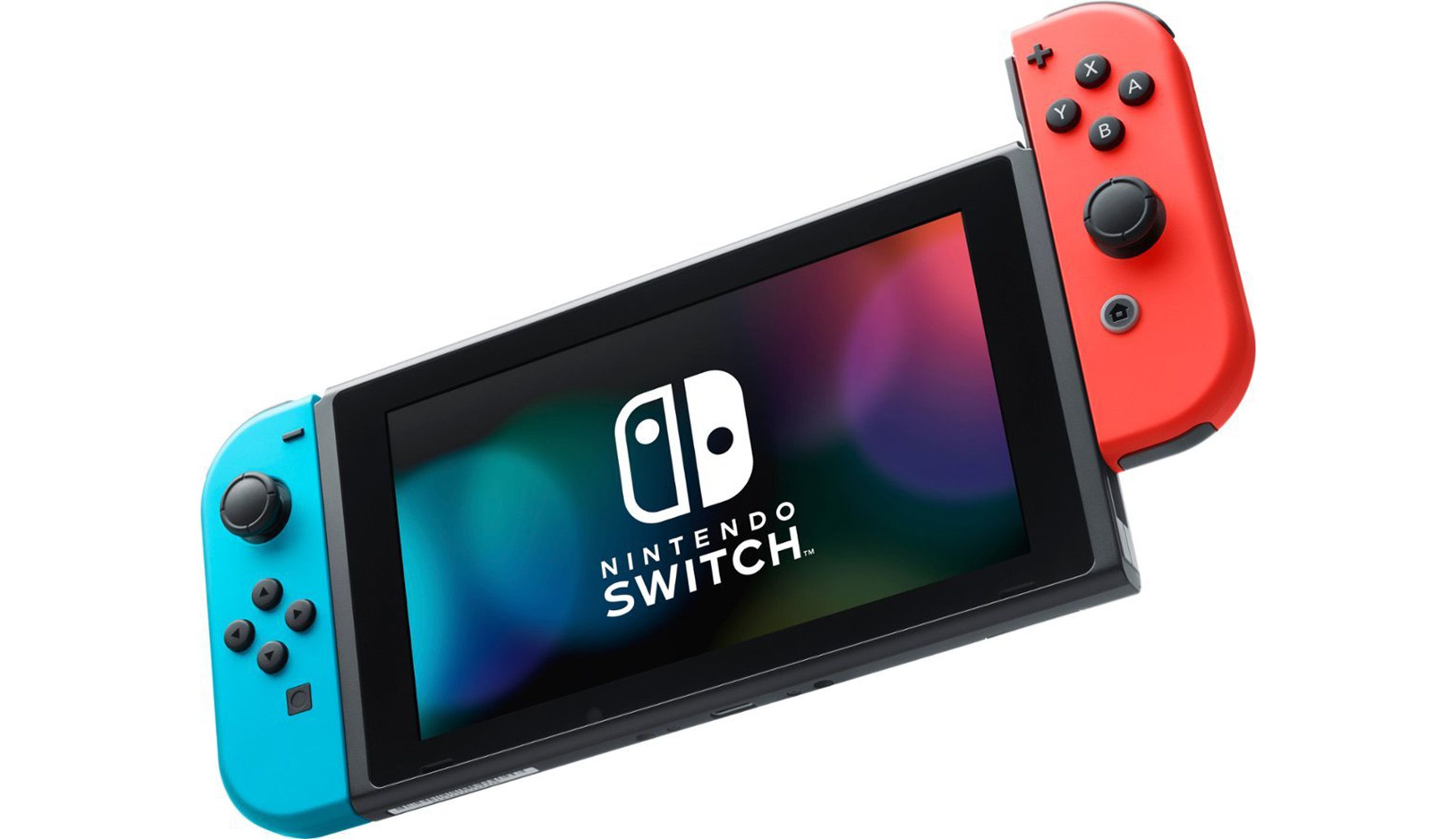
Overall best option for versatility
Nintendo Switch
For the Nintendo Switch Lite, it does have its uses. It’s a great Switch variant for kids since there aren’t any Joy-Cons to remove and break. Plus, kids can stuff them in their backpacks and take them anywhere to keep them occupied when they might otherwise be bored and rambunctious. Also, folks who value comfort while gaming will enjoy the all-around smaller, lighter package that is much easier to hold for longer gaming sessions.
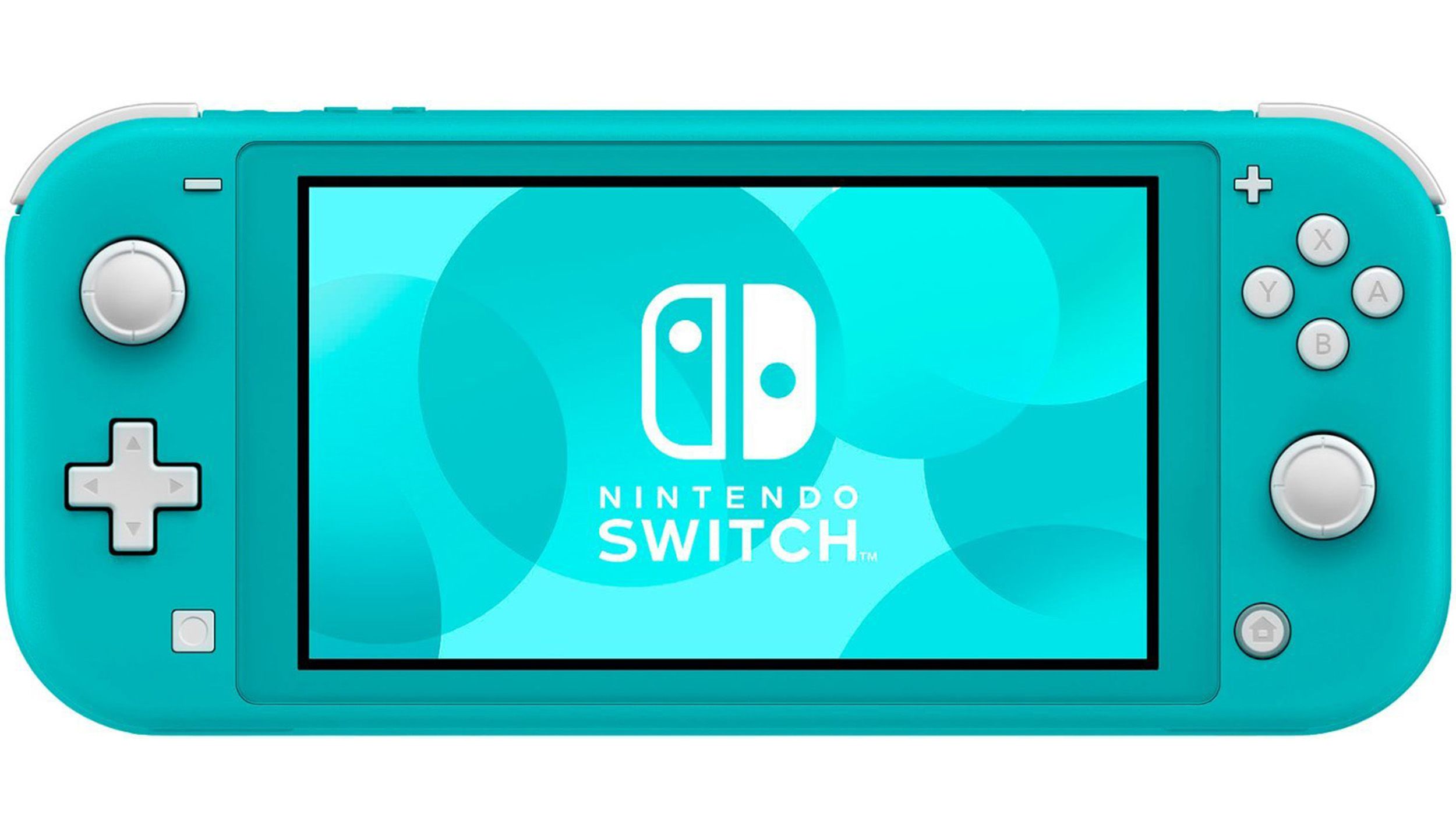
Good alternative for handheld fans
Nintendo Switch Lite
Fortunately, the similarities outweigh the differences no matter which console you get. They both support both digital and physical games, expandable storage, and have the same controller layout. Additionally, they all have access to online multiplayer via Nintendo Switch Online along with Bluetooth and a 3.5mm headphone jack to use for headsets, so they can talk to friends. So, ultimately, you’re just asking yourself if you want the more versatile one or the one that’s easier to hold for long periods. For us, it’s versatility all the way, but the circumstances might be different for you.
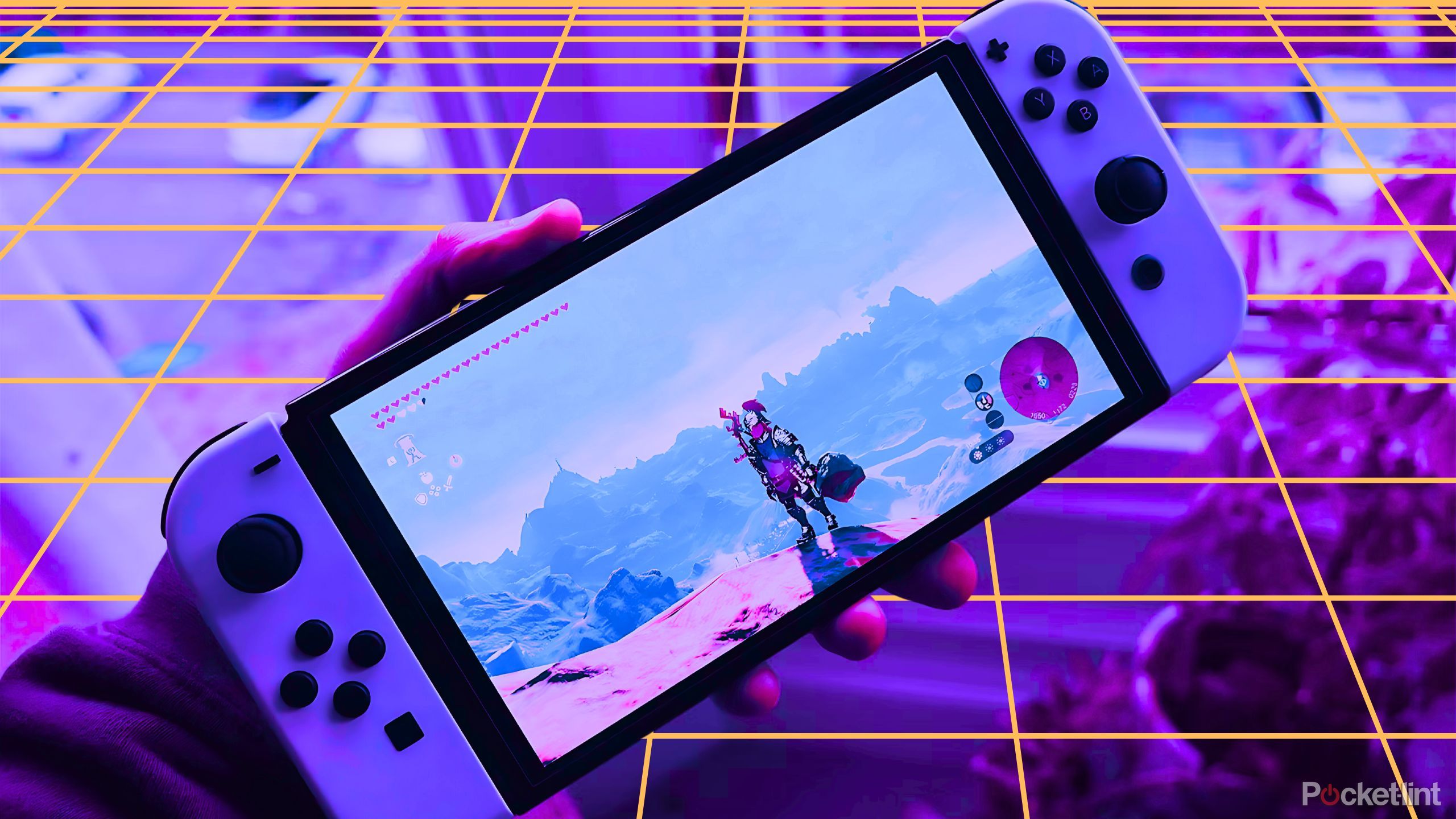
Related
Nintendo confirms Switch successor will be announced in the next year
The company also plans a Nintendo Direct for June, which will focus on upcoming Switch software.
Trending Products

Cooler Master MasterBox Q300L Micro-ATX Tower with Magnetic Design Dust Filter, Transparent Acrylic Side Panel…

ASUS TUF Gaming GT301 ZAKU II Edition ATX mid-Tower Compact case with Tempered Glass Side Panel, Honeycomb Front Panel…

ASUS TUF Gaming GT501 Mid-Tower Computer Case for up to EATX Motherboards with USB 3.0 Front Panel Cases GT501/GRY/WITH…

be quiet! Pure Base 500DX Black, Mid Tower ATX case, ARGB, 3 pre-installed Pure Wings 2, BGW37, tempered glass window

ASUS ROG Strix Helios GX601 White Edition RGB Mid-Tower Computer Case for ATX/EATX Motherboards with tempered glass…



